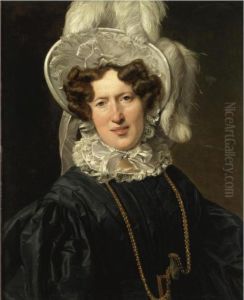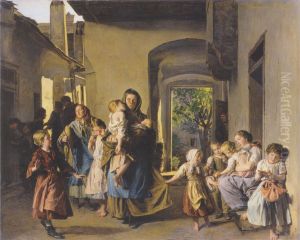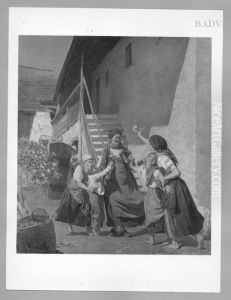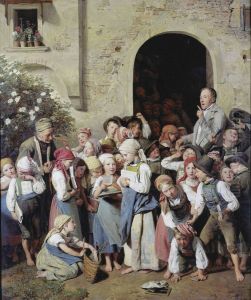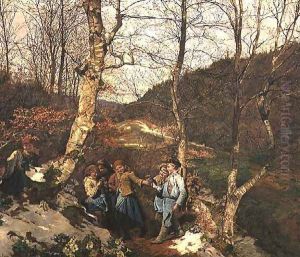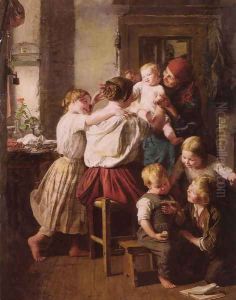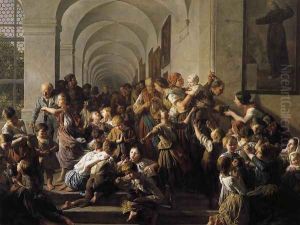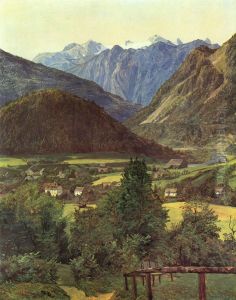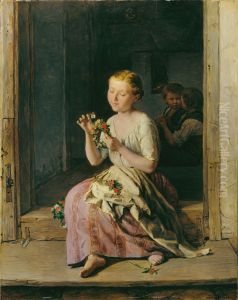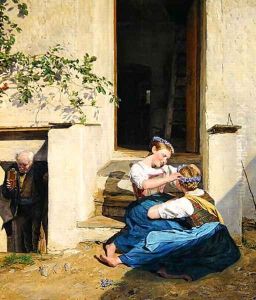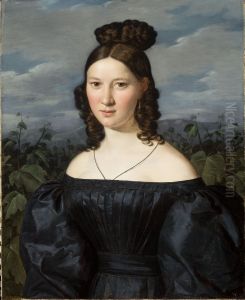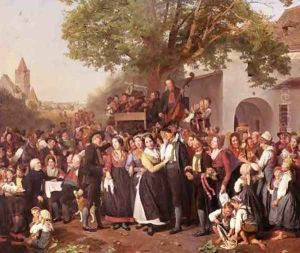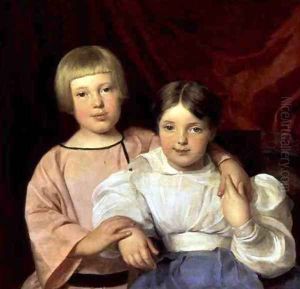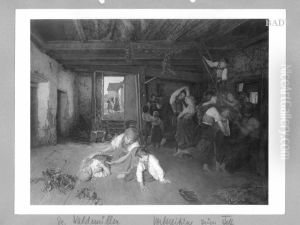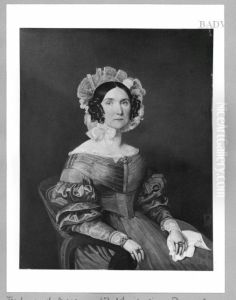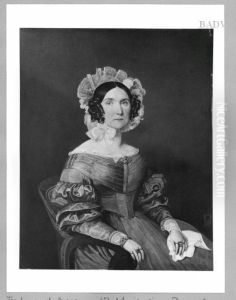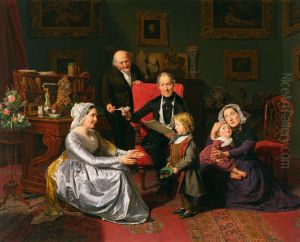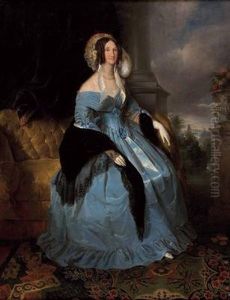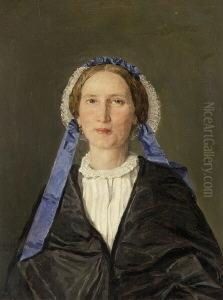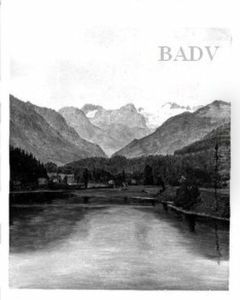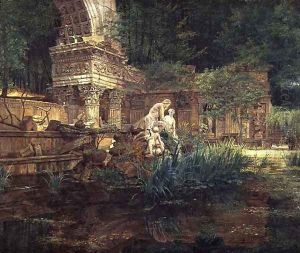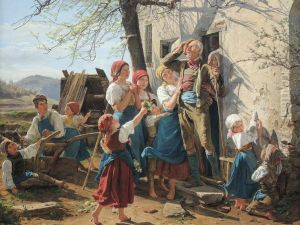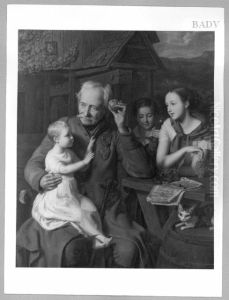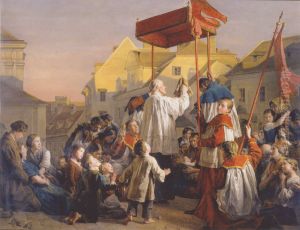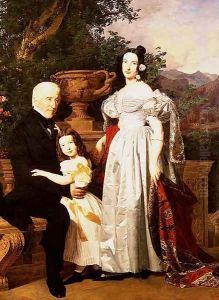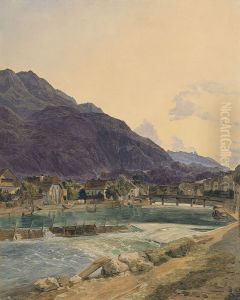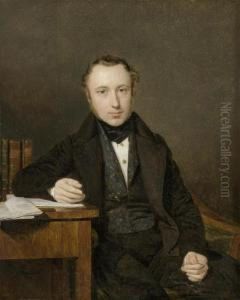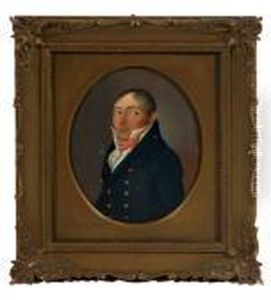Ferdinand Georg Waldmuller Paintings
Ferdinand Georg Waldmüller was an Austrian painter and writer, now considered one of the most important Austrian artists of the 19th century. Born on January 15, 1793, in Vienna, Waldmüller showed an early interest in art, which led him to study at the Academy of Fine Arts Vienna. He initially worked as a painter of miniatures and as a portraitist, honing his skills in capturing the subtleties of human expressions.
Waldmüller's work is characterized by his keen observation of nature and a clear, realistic style. He was among the first artists to practice plein air painting, preferring to work directly from nature rather than in a studio. This approach brought a freshness and vitality to his landscapes that was quite new at the time. His attention to light and detail, as well as his use of color, set him apart from his contemporaries.
In addition to his landscapes, Waldmüller also painted genre scenes, which often depicted the simple, rural life of his time. These works were loved for their narrative quality and the way they captured the customs and spirit of the Austrian people. Waldmüller was a devoted advocate of realism in art, which sometimes put him at odds with the Academy and the prevailing tastes of the era, which favored a more romanticized approach.
Despite these challenges, Waldmüller's reputation grew, and he received numerous commissions, including from the Austrian imperial family. In 1829, he was appointed to the position of curator of the Belvedere Gallery in Vienna, a role he held until 1853. Throughout his career, he also taught and mentored many young artists, leaving a lasting impact on the next generation.
Waldmüller's later years were marked by both acclaim and controversy. His advocacy for a more empirical approach to art education and his criticism of the Academy's methods led to disputes with other artists and officials. Nevertheless, his work continued to be celebrated, and today, Waldmüller is recognized for his significant contributions to Austrian art and his influence on the development of realism in European painting. He passed away on August 23, 1865, in Hinterbrühl, near Vienna.
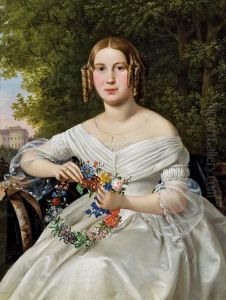
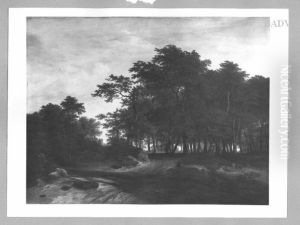
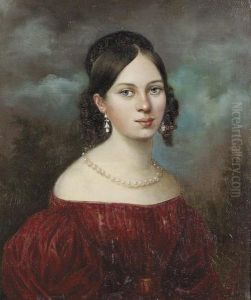
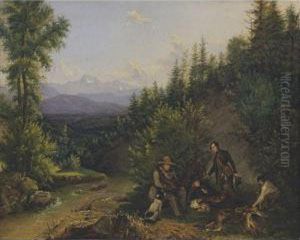
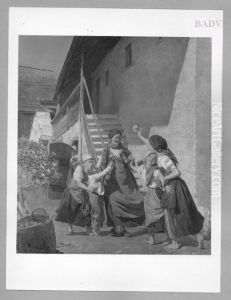

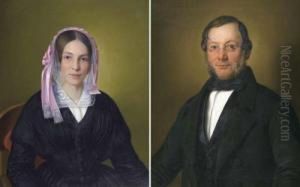
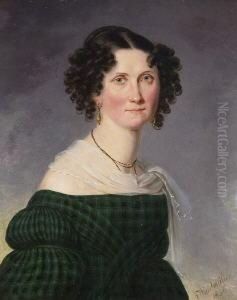
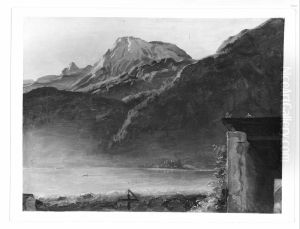
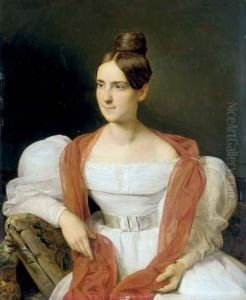
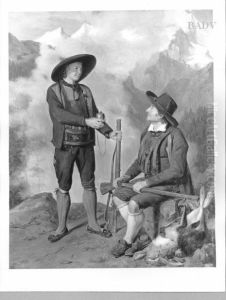
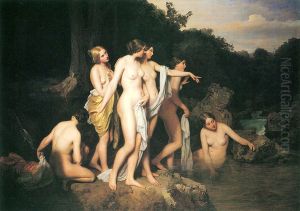
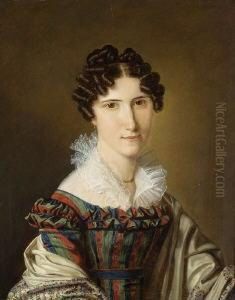

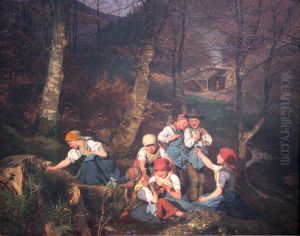
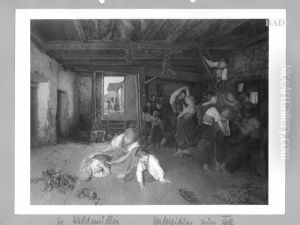
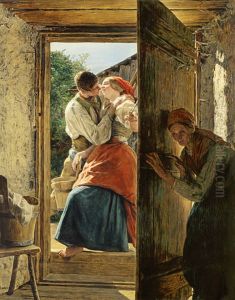
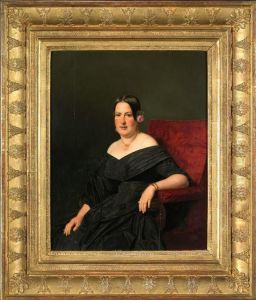
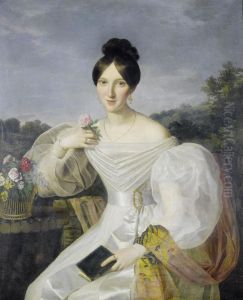

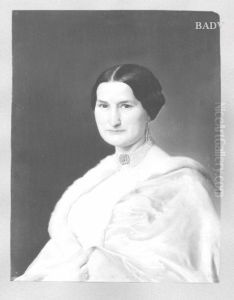
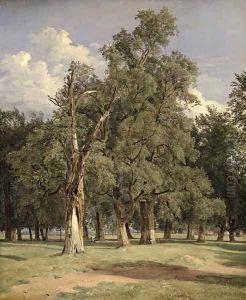
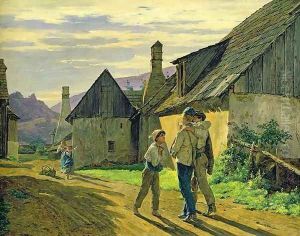
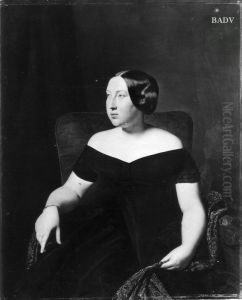
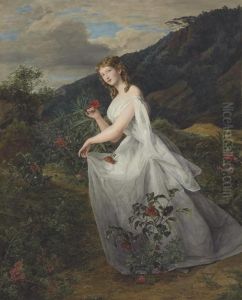
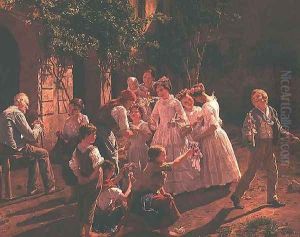
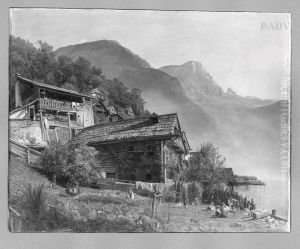
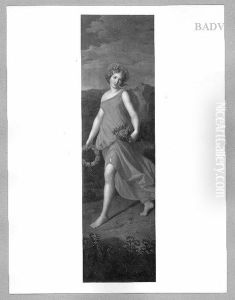


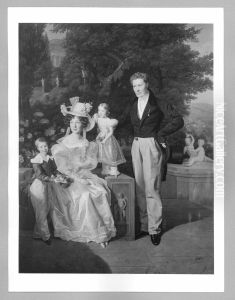
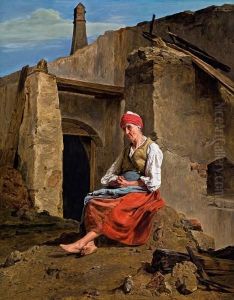
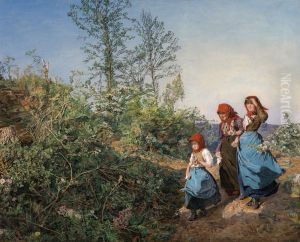
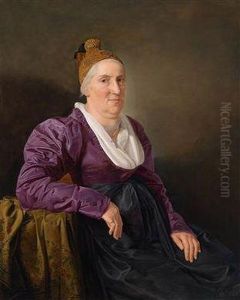
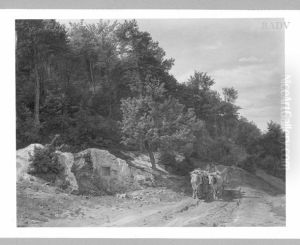
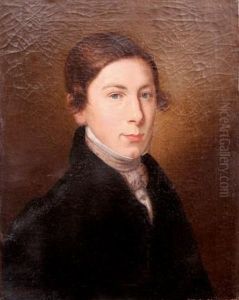
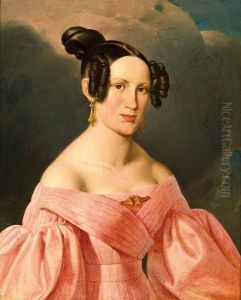

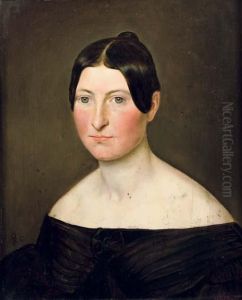
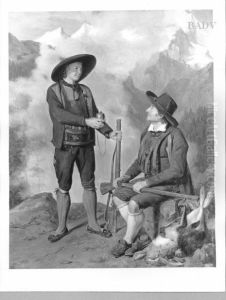
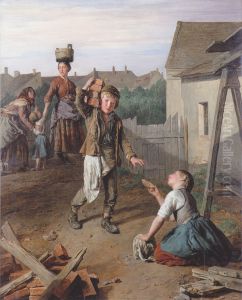
![Personnages Dans Le Parc D'un
Chateau [french School Around 1793, Walking In The Park Of A Castle, Oil
On Panel, Bears Date 1793.]](https://www.niceartgallery.com/imgs/2924113/s/ferdinand-georg-waldmuller-personnages-dans-le-parc-dun-chateau-french-school-around-1793-walking-in-the-park-of-a-castle-oil-on-panel-bears-date-1793-31204306.jpg)
